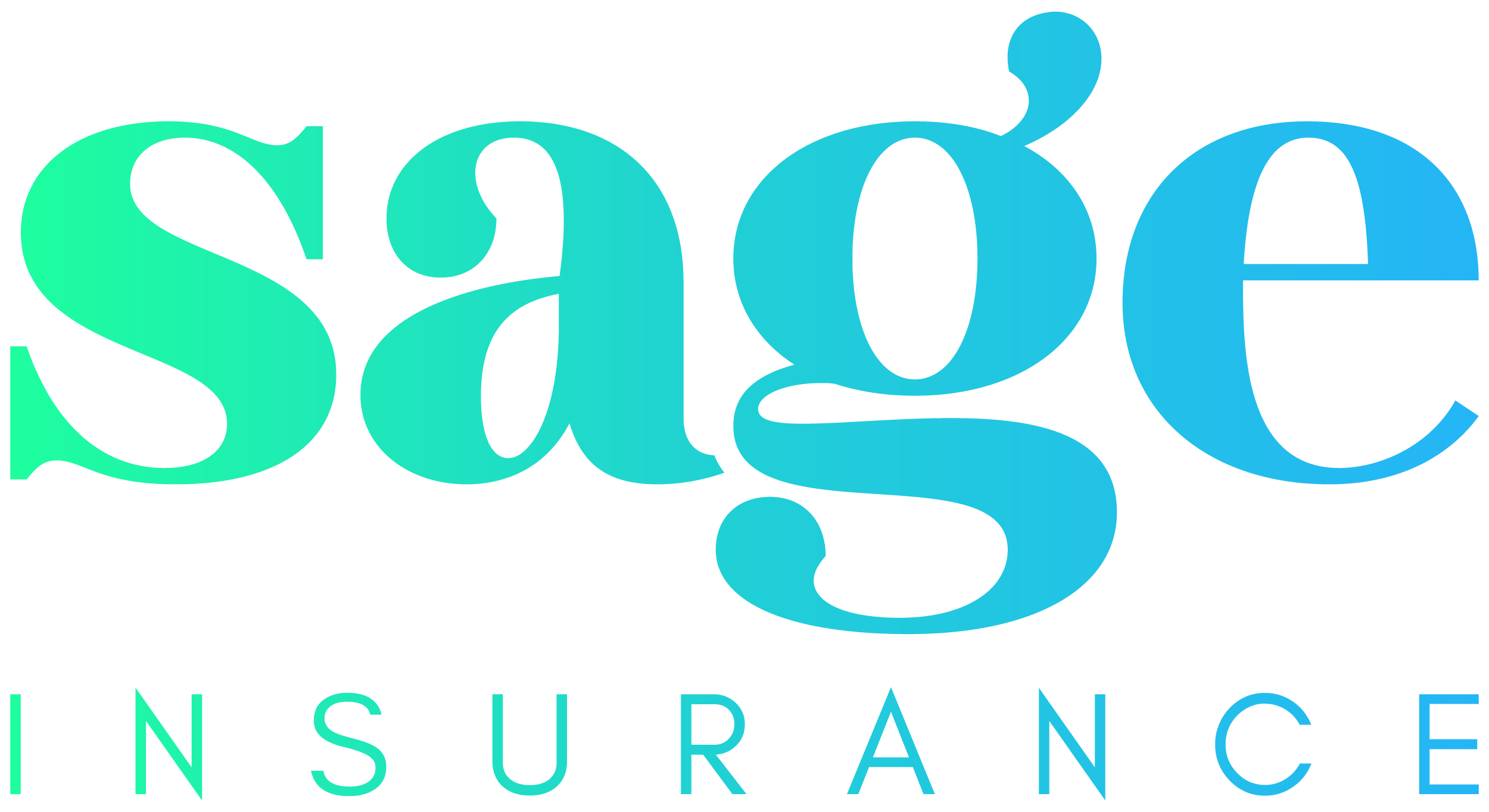


LA Wildfires Highlight Rise in Climate-Related Risks, Fueling Insurability Crisis as 'Protection Gaps' Widen
The Los Angeles wildfires underline the unpredictability of a warming planet and further highlights the implications of rising catastrophe risks. As the world grapples with increasingly extreme weather events, the question of whether communities are adequately covered for natural catastrophes is becoming more urgent, with alarming implications for the future of both local economies and global insurance markets.
This event follows a “loss heavy year for the insurance market” as reported by Munich Re after the release of their 2024 NatCat Report earlier this month. In 2024, US$140 billion ($226 billion) in insured natural catastrophe losses were reported globally, with hurricanes, thunderstorms and floods being the main loss drivers. However, despite the high cost of these disasters, thousands of Californians are uninsured – an estimated 10% of Los Angeles’ 1.6 million homes.
In what could prove to be the most costly wildfire in US history, rivalling losses from the 2017 Tubbs Fire and the 2018 Camp Fire, total damage and economic losses are expected to exceed $250 billion, based on preliminary estimates. Insurance-loss estimates approach $40 billion, with home-insurance providers expected to bear the brunt of the cost.
Following a series of destructive fire seasons, insurers reduced their exposures or exited the Californian home market citing regulation keeping premium increases artificially low. Most prominently, private insurers Allstate and Farmers Insurance have stopped covering catastrophes in disaster-prone California, leaving home-owners with two options: the last resort California Fair Access to Insurance Requirements (FAIR) Plan, or no cover at all.
The Insurance Protection Gap: A Growing Crisis
The Californian FAIR Plan is a syndicated fire insurance pool comprised of all insurers licenced to conduct property/casualty business in California, established by statue (California Insurance Code sections 10091 et seq.), and backed by the state of California. The FAIR Plan caps home damages at US$3 million ($4.88 million), holding 1430 policies in the Pacific Palisades where they typical home is worth US$3.4 million.
With over 12,000 structures destroyed and damages expected to soar, the LA fires underscore a growing concern about the insurance protection gap - the disparity between potential economic losses caused by natural catastrophes and the extent to which those losses are covered by insurance. It manifests in various ways: underinsurance, where policies fail to cover the full value of losses, or no insurance at all, leaving households, businesses and entire regions exposed to financial ruin.
The growing protection gap is not just a result of rising premiums or inadequate insurance coverage. It is also a symptom of the broader environmental challenges facing our planet. As extreme weather events become more frequent and severe due to climate change, the cost of insuring against these risks continues to rise.
The situation in California is not an isolated case; protection gaps are widening as the intensity and frequency of disasters increase, placing immense strain on insurance markets worldwide. Over the past five years in Australia, insurance claims related to catastrophic events have jumped by nearly 50%, with flooding threatening around 1.2 million properties. Rising premiums driven by extreme weather events and escalating rebuilding costs are creating significant financial strain, particularly in regions vulnerable to cyclones, floods and bushfires.
The impact of these events is not only felt at the household level, but also on a macroeconomic scale. Globally, insured losses from natural catastrophes have surpassed US$100 billion annually in six of the past seven years, according to the reinsurance industry with only 38% of the total economic losses in 2023 being covered by insurance. In Australia, the protection gap for natural disasters over the 2014–2023 period was estimated at US$12 billion. This widening gap leaves vulnerable populations exposed to the risks of financial hardship, slow recovery and, in some cases, total loss.
A recent surge in coverage inquiries has been reported in Australia, following the devastating losses witnessed in Los Angeles. Australians are increasingly concerned about their coverage, especially with rising policy costs. Over the past decade, one-third of the $60 billion in damages from natural disasters in Australia went uninsured. Insurers were criticised last year for the failures in responding to floods in 2022, leading to calls for reforms, particularly in improving the speed and transparency of claims processing, as well as better customer support during times of crisis.
The Los Angeles wildfires underline the unpredictability of a warming planet and further highlights the implications of rising catastrophe risks. As the world grapples with increasingly extreme weather events, the question of whether communities are adequately covered for natural catastrophes is becoming more urgent, with alarming implications for the future of both local economies and global insurance markets.
This event follows a “loss heavy year for the insurance market” as reported by Munich Re after the release of their 2024 NatCat Report earlier this month. In 2024, US$140 billion ($226 billion) in insured natural catastrophe losses were reported globally, with hurricanes, thunderstorms and floods being the main loss drivers. However, despite the high cost of these disasters, thousands of Californians are uninsured – an estimated 10% of Los Angeles’ 1.6 million homes.
In what could prove to be the most costly wildfire in US history, rivalling losses from the 2017 Tubbs Fire and the 2018 Camp Fire, total damage and economic losses are expected to exceed $250 billion, based on preliminary estimates. Insurance-loss estimates approach $40 billion, with home-insurance providers expected to bear the brunt of the cost.
Following a series of destructive fire seasons, insurers reduced their exposures or exited the Californian home market citing regulation keeping premium increases artificially low. Most prominently, private insurers Allstate and Farmers Insurance have stopped covering catastrophes in disaster-prone California, leaving home-owners with two options: the last resort California Fair Access to Insurance Requirements (FAIR) Plan, or no cover at all.
The Insurance Protection Gap: A Growing Crisis
The Californian FAIR Plan is a syndicated fire insurance pool comprised of all insurers licenced to conduct property/casualty business in California, established by statue (California Insurance Code sections 10091 et seq.), and backed by the state of California. The FAIR Plan caps home damages at US$3 million ($4.88 million), holding 1430 policies in the Pacific Palisades where they typical home is worth US$3.4 million.
With over 12,000 structures destroyed and damages expected to soar, the LA fires underscore a growing concern about the insurance protection gap - the disparity between potential economic losses caused by natural catastrophes and the extent to which those losses are covered by insurance. It manifests in various ways: underinsurance, where policies fail to cover the full value of losses, or no insurance at all, leaving households, businesses and entire regions exposed to financial ruin.
The growing protection gap is not just a result of rising premiums or inadequate insurance coverage. It is also a symptom of the broader environmental challenges facing our planet. As extreme weather events become more frequent and severe due to climate change, the cost of insuring against these risks continues to rise.
The situation in California is not an isolated case; protection gaps are widening as the intensity and frequency of disasters increase, placing immense strain on insurance markets worldwide. Over the past five years in Australia, insurance claims related to catastrophic events have jumped by nearly 50%, with flooding threatening around 1.2 million properties. Rising premiums driven by extreme weather events and escalating rebuilding costs are creating significant financial strain, particularly in regions vulnerable to cyclones, floods and bushfires.
The impact of these events is not only felt at the household level, but also on a macroeconomic scale. Globally, insured losses from natural catastrophes have surpassed US$100 billion annually in six of the past seven years, according to the reinsurance industry with only 38% of the total economic losses in 2023 being covered by insurance. In Australia, the protection gap for natural disasters over the 2014–2023 period was estimated at US$12 billion. This widening gap leaves vulnerable populations exposed to the risks of financial hardship, slow recovery and, in some cases, total loss.
A recent surge in coverage inquiries has been reported in Australia, following the devastating losses witnessed in Los Angeles. Australians are increasingly concerned about their coverage, especially with rising policy costs. Over the past decade, one-third of the $60 billion in damages from natural disasters in Australia went uninsured. Insurers were criticised last year for the failures in responding to floods in 2022, leading to calls for reforms, particularly in improving the speed and transparency of claims processing, as well as better customer support during times of crisis.
The Los Angeles wildfires underline the unpredictability of a warming planet and further highlights the implications of rising catastrophe risks. As the world grapples with increasingly extreme weather events, the question of whether communities are adequately covered for natural catastrophes is becoming more urgent, with alarming implications for the future of both local economies and global insurance markets.
This event follows a “loss heavy year for the insurance market” as reported by Munich Re after the release of their 2024 NatCat Report earlier this month. In 2024, US$140 billion ($226 billion) in insured natural catastrophe losses were reported globally, with hurricanes, thunderstorms and floods being the main loss drivers. However, despite the high cost of these disasters, thousands of Californians are uninsured – an estimated 10% of Los Angeles’ 1.6 million homes.
In what could prove to be the most costly wildfire in US history, rivalling losses from the 2017 Tubbs Fire and the 2018 Camp Fire, total damage and economic losses are expected to exceed $250 billion, based on preliminary estimates. Insurance-loss estimates approach $40 billion, with home-insurance providers expected to bear the brunt of the cost.
Following a series of destructive fire seasons, insurers reduced their exposures or exited the Californian home market citing regulation keeping premium increases artificially low. Most prominently, private insurers Allstate and Farmers Insurance have stopped covering catastrophes in disaster-prone California, leaving home-owners with two options: the last resort California Fair Access to Insurance Requirements (FAIR) Plan, or no cover at all.
The Insurance Protection Gap: A Growing Crisis
The Californian FAIR Plan is a syndicated fire insurance pool comprised of all insurers licenced to conduct property/casualty business in California, established by statue (California Insurance Code sections 10091 et seq.), and backed by the state of California. The FAIR Plan caps home damages at US$3 million ($4.88 million), holding 1430 policies in the Pacific Palisades where they typical home is worth US$3.4 million.
With over 12,000 structures destroyed and damages expected to soar, the LA fires underscore a growing concern about the insurance protection gap - the disparity between potential economic losses caused by natural catastrophes and the extent to which those losses are covered by insurance. It manifests in various ways: underinsurance, where policies fail to cover the full value of losses, or no insurance at all, leaving households, businesses and entire regions exposed to financial ruin.
The growing protection gap is not just a result of rising premiums or inadequate insurance coverage. It is also a symptom of the broader environmental challenges facing our planet. As extreme weather events become more frequent and severe due to climate change, the cost of insuring against these risks continues to rise.
The situation in California is not an isolated case; protection gaps are widening as the intensity and frequency of disasters increase, placing immense strain on insurance markets worldwide. Over the past five years in Australia, insurance claims related to catastrophic events have jumped by nearly 50%, with flooding threatening around 1.2 million properties. Rising premiums driven by extreme weather events and escalating rebuilding costs are creating significant financial strain, particularly in regions vulnerable to cyclones, floods and bushfires.
The impact of these events is not only felt at the household level, but also on a macroeconomic scale. Globally, insured losses from natural catastrophes have surpassed US$100 billion annually in six of the past seven years, according to the reinsurance industry with only 38% of the total economic losses in 2023 being covered by insurance. In Australia, the protection gap for natural disasters over the 2014–2023 period was estimated at US$12 billion. This widening gap leaves vulnerable populations exposed to the risks of financial hardship, slow recovery and, in some cases, total loss.
A recent surge in coverage inquiries has been reported in Australia, following the devastating losses witnessed in Los Angeles. Australians are increasingly concerned about their coverage, especially with rising policy costs. Over the past decade, one-third of the $60 billion in damages from natural disasters in Australia went uninsured. Insurers were criticised last year for the failures in responding to floods in 2022, leading to calls for reforms, particularly in improving the speed and transparency of claims processing, as well as better customer support during times of crisis.
More


Two Years of Sage: What Building a Brokerage Taught Me About People, Leadership and the Power of Service
1 Dec 2025


What To Do in the First 24 Hours After a Cyber Incident
1 Dec 2025


Business Insurance and Employee Safety: What Every Owner Should Know
12 Nov 2025


Stronger Insurance for a Stressed Workforce
30 Oct 2025

